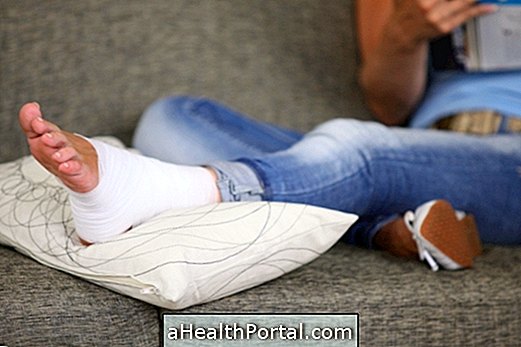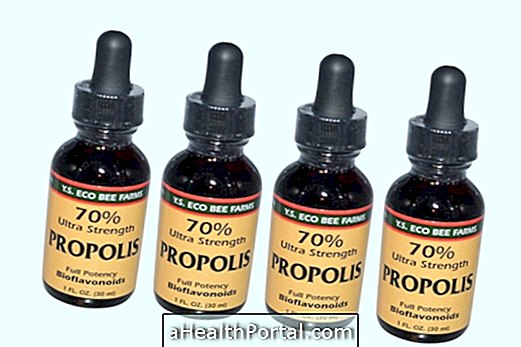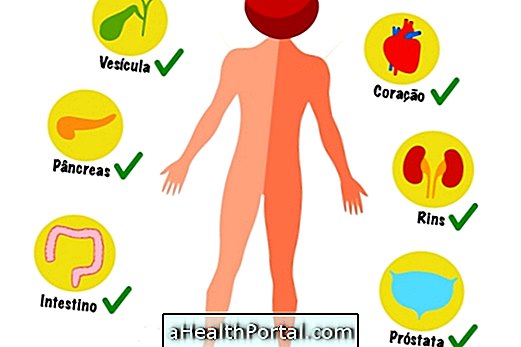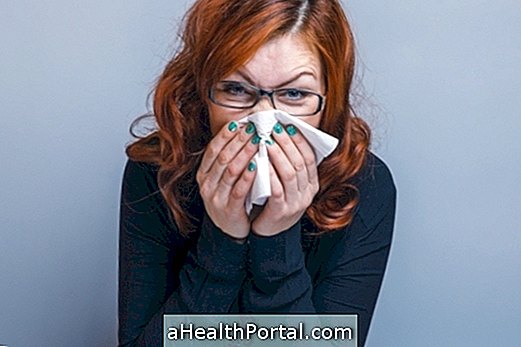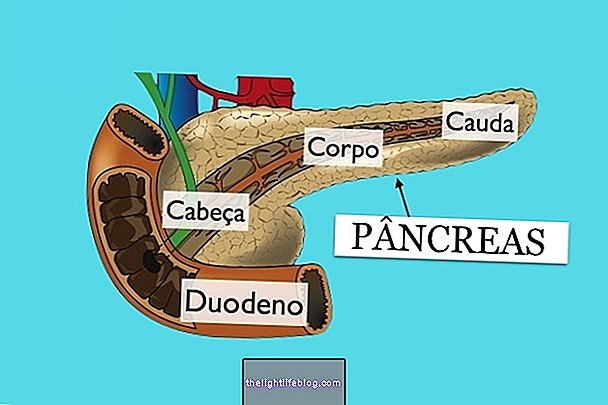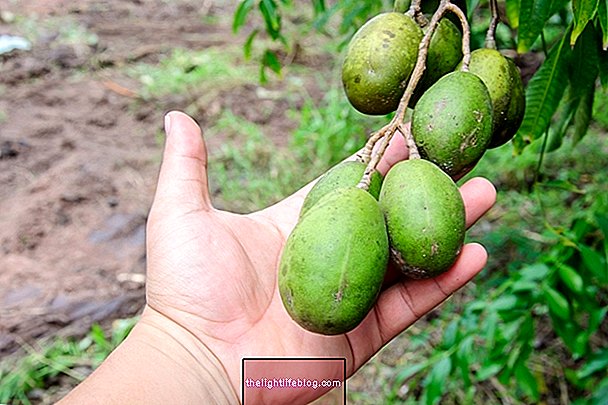Redness, itching, swelling and sandy eyes are signs and symptoms of conjunctivitis, a disease that happens when some virus, bacteria or other source causes eye irritation, especially affecting the conjunctiva which is a thin transparent film that covers the eyeball .
Usually the symptoms start in only 1 eye, but it quickly affects the other one because when passing the hands in the eyes these carry the microorganisms that contaminate the second. This disease is contagious and lasts about 1 week, its treatment is made with eye drops and compresses.
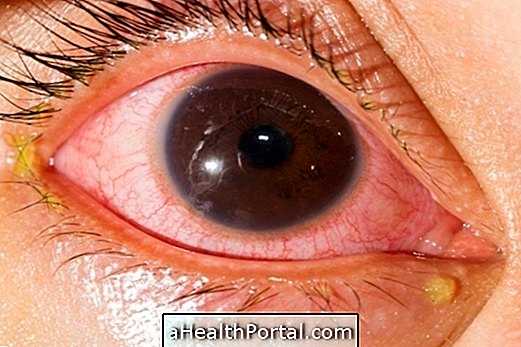
If you think you may have conjunctivitis, select your symptoms to find out the odds:
- 1. Redness in one eye or both Yes No
- 2. Burning sensation or dust in the eye Yes No
- 3. Light sensitivity Yes No
- 4. Sore tongue in the neck or near the ear Yes No
- 5. Yellow eye patch, especially when waking up Yes No
- 6. Intense eye itching Yes No
- 7. Sneezing, runny or stuffy nose Yes No
- 8. Difficulty seeing or blurry vision Yes No

Generally, viral or bacterial conjunctivitis is more frequent during a cold and may even be associated with sore throats because the immune system is more fragile. In this type of conjunctivitis there is a great risk of transmission and, therefore, it is very important to avoid direct contact with the eye or infected secretions.
Already in the case of allergic conjunctivitis, it is usually caused by the sensitivity to various substances, products or objects, and the most frequent include eye makeup, pollen, dust, contact lenses and eye drops. This type of conjunctivitis can appear every year in the same time period as in the spring, for example, which means that it is being caused by an environmental change, such as the presence of more pollen or dust in the air.
Symptoms of conjunctivitis in the baby

Conjunctivitis is a very common infection in infants due to their weakened immune system. In these cases, the symptoms are similar to that of the adult and vary in the same way, however, also may appear excessive irritability, decreased appetite and low fever in some cases.
In infants, conjunctivitis is more likely to arise in both eyes, especially when it is caused by viruses or bacteria, as children usually pass a hand over the scratching eye and then touch the other, passing the infection from one eye to the eye. other.
Understand how this problem is treated in the baby.
What to do in case of conjunctivitis
Whenever symptoms such as redness, itching or constant eye pain occur, it is important to consult an ophthalmologist in the case of an adult or a pediatrician in the case of infants and children to identify the problem and initiate appropriate treatment.
What are the remedies:
The treatment of conjunctivitis is usually done with the use of lubricating eye drops or anti-inflammatory and antibiotic ointments, which should be applied directly to the eye to alleviate the symptoms and fight the infection if it exists. However, it may also be necessary to take antihistamine tablets, especially in the case of allergic conjunctivitis.
So, some medications that may be recommended by your doctor are:
- Eye drops for viral conjunctivitis: Clean the eyes with saline solution or use eye drops Moura Brasil; Dunason; Refresh, Lacril; Cellufresh; Ecofilm Eye drops; Lacribell eye drops
- Eye drops for bacterial conjunctivitis: Biamotil Oculum; Chloramphenicol; Dexafenicol, Flumex; Maxitrol; Polipred and Vixmicina
- Allergic conjunctivitis eye drops: Zaditen; Ketotifen; Decadron.
See how the conjunctivitis treatment is done and what care it should take.


